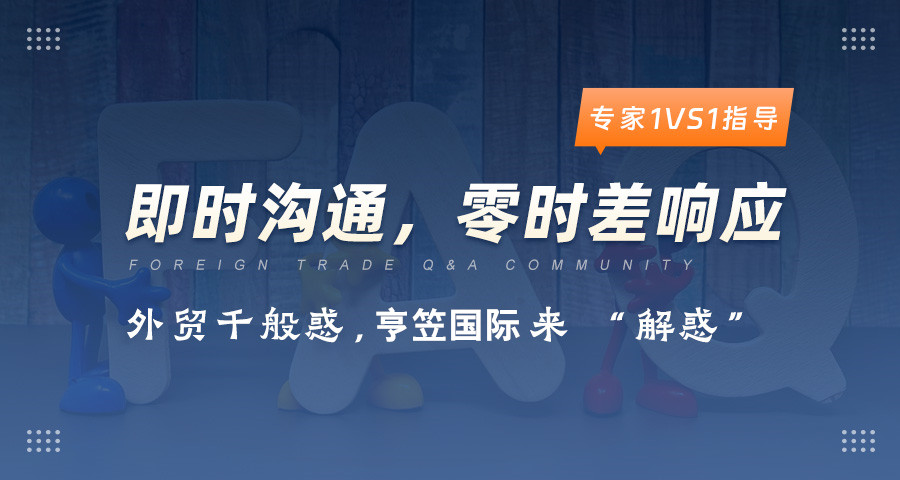上海进口旧设备清关
浦江New Equipment Importation Guide: A Comprehensive Overview of Customs Procedures in Shanghai
Shanghai, as one of China's most dynamic economic hubs, has long been a preferred destination for international trade. Among its many advantages, the city offers streamlined customs procedures, favorable policies, and robust infrastructure, making it an ideal choice for companies importing and exporting goods. This guide provides a comprehensive overview of the customs procedures involved in importing used equipment into Shanghai, ensuring that all steps are followed correctly to facilitate a smooth importation process.
1. Policy Background and Taxation
The importation of used equipment in China is governed by a combination of tax laws and regulations. The Chinese government has implemented a series of measures to encourage the reuse and recycling of equipment, reflecting its commitment to sustainable development. Importers are typically required to calculate the depreciation of the equipment and apply for a tax reduction based on the relevant provisions.
Shanghai, as a Special Economic Zone, offers tax incentives and streamlined customs procedures, further simplifying the importation process. Importers should carefully review the specific tax policies applicable to their equipment to ensure compliance and optimize their tax burden.
2. Customs Procedures and Documentation
The customs procedures for importing used equipment into Shanghai are generally efficient and straightforward. The process begins with the submission of a detailed technical inspection report by the consignee, which outlines the condition and specifications of the imported equipment. This report is essential for customs authorities to assess the value and determine the appropriate clearance procedures.
A valid import declaration and certificate of origin must be submitted to customs authorities. The declaration should provide accurate information about the equipment's origin, usage, and intended application in China. The certificate of origin, issued by a Chinese authentication authority, serves as proof of the equipment's compliance with Chinese laws and standards.
Customs authorities may also require a detailed inventory list, a bill of materials, and an export/import declaration. These documents are critical for verifying the authenticity and legality of the imported goods.
3. Import Licenses and Permits
Depending on the type and value of the imported equipment, an import license or permit may be required. For high-value equipment, a risk assessment is conducted to evaluate the potential security risks associated with the import. If the equipment poses significant risks, additional security measures may be implemented, such as bonded storage or specialized transportation arrangements.
Customs authorities will also examine the company's past trade history and compliance record to determine the level of clearance needed. A history of lawful and compliant trade can facilitate the importation of high-value or specialized equipment.
4. Import Documentation and Procedures
The import documentation for used equipment must be comprehensive and accurate. This includes:
- Commercial Invoice: A detailed invoice specifying the quantity, description, and price of the imported goods.
- Bill of Lading: A legally binding document authorizing the transportation of the goods from the consignor to the consignee.
- Customs Declaration: A form completed by the consignor, detailing the purpose and destination of the imported goods.
- Letter of Origin: A letter issued by a Chinese bank or other appropriate authority attesting to the validity and compliance of the import.
Once all necessary documents are prepared, the consignor must submit them to the customs authorities for clearance. The process typically involves a face-to-face meeting at the port or a submission via electronic means, depending on the trade size and complexity.
5. Risk Management and Pre-Padding
Risk management is a critical aspect of the importation process. Importers should assess the potential risks associated with the imported equipment, including environmental impact, safety concerns, and compliance risks. A risk management plan should be developed to mitigate these risks, such as obtaining necessary environmental permits or engaging environmental impact assessments.
Pre-padded measures, such as securing the equipment in bonded containers or arranging for specialized transportation, may be necessary to ensure the safe arrival of the goods in Shanghai. These measures can also help in avoiding potential delays or additional costs.
6. Post-Importation Procedures
Upon clearance, the goods will be forwarded to the bonded warehouse or directly to the consignee, depending on the agreed-upon terms. Importers should ensure that all documentation is properly maintained and updated throughout the importation process. Proper record-keeping is essential for resolving any disputes with customs authorities or for future tax compliance.
7. Conclusion
Importing used equipment into Shanghai requires careful planning, attention to detail, and adherence to all relevant policies and procedures. By understanding the specific requirements and taking proactive measures to manage risks, importers can ensure a smooth and efficient importation process. As China continues to expand its role in the global supply chain, the ability to handle used equipment effectively will remain a key competitive advantage for businesses operating in the country.
上述信息,涵盖图片、视频以及各类文字资料,亨笠供应链仅扮演信息存储的角色。若存在任何侵犯知识产权或其他合法权益的情形,请立即联系我们删除,切实维护您的权益。
郑重声明
- 上一篇:上海原木进口清关多少钱
- 下一篇:上海午餐肉进口清关代理

Experts Q & A
外贸专家答疑
为了帮助您更快地解决问题,建议向我们的外贸专家进行咨询,提供专业的方案咨询和策划。


马上留言 (0) 0